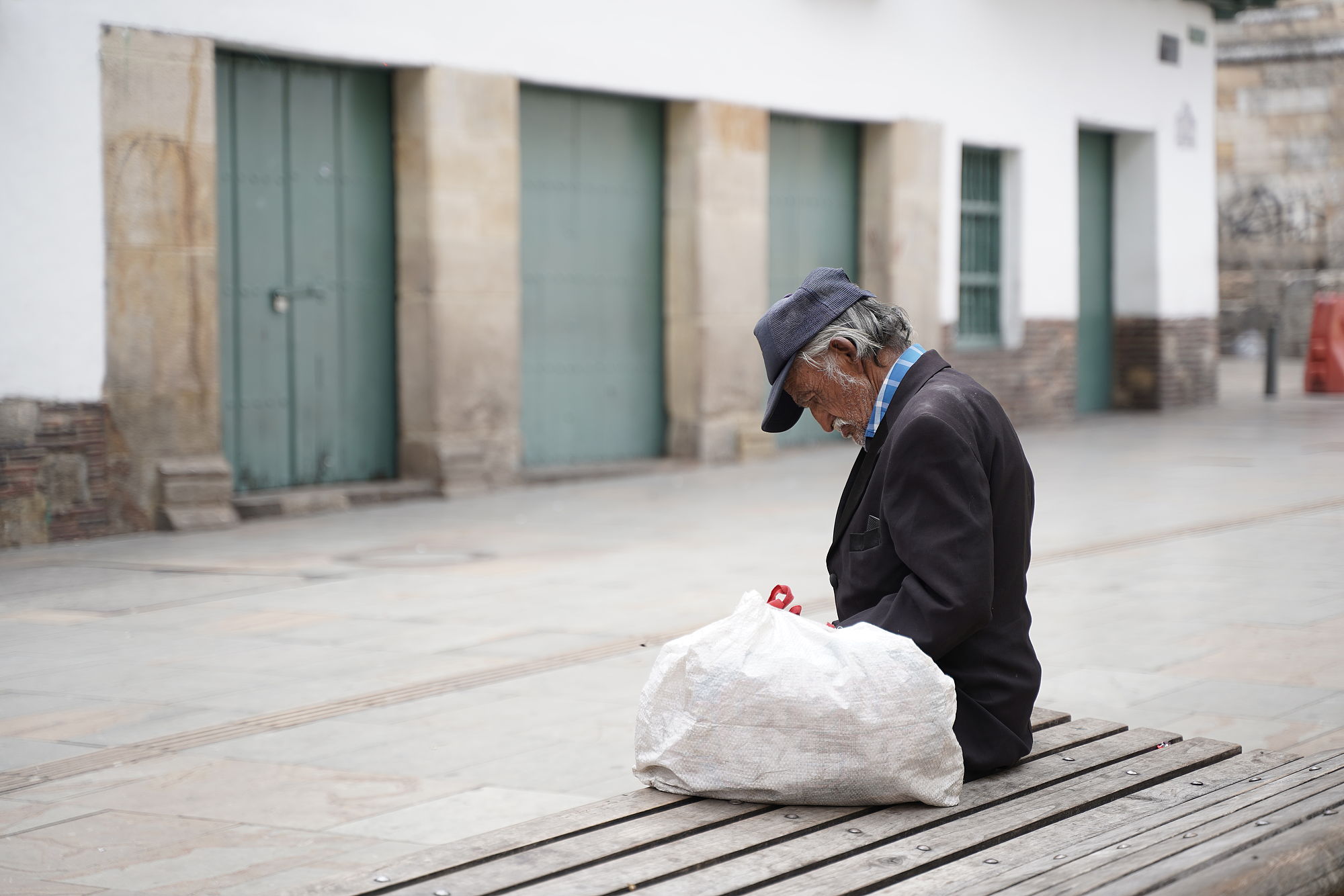RIO DE JANEIRO, BRAZIL – Monetary poverty in Colombia rose to 42.5 % last year, increasing 6.8 percentage points from 35.7 % in 2019, driven by the covid-19 pandemic, official sources reported Thursday.
“We are seeing a statistically significant increase in the incidence of national monetary poverty from 35.7% of the inhabitants of the national territory to 42.5%,” explained the director of the Administrative Department of National Statistics (DANE), Juan Daniel Oviedo, at a press conference.

In this line, the official explained that Colombia went from having “17.4 million people in monetary poverty to having 21 million people”.
“This is an increase of approximately 3.6 million people entering the situation of monetary poverty (…) Bogota contributed 1,110,734 people of this total,” he detailed.
Poverty in municipal capitals was 42.4% last year, an increase of 9.9 percentage points for 2019 when it stood at 32.3%.
EXTREME MONETARY POVERTY
On the other hand, the DANE director assured that extreme monetary poverty rose from 9.6 % in 2019 to 15.1 % last year, an increase of 5.5 percentage points and “higher than the incidence recorded in the immediately previous year”.
In the municipal capitals, the increase was 7.4 points and stood at 14.2 %, while in the populated and dispersed rural centers, it was 18.2 % in 2020, a drop of 1.1 points compared to the previous year.
In that sense, there were 7.5 million people in extreme monetary poverty, 2.8 million more than in 2019, when the figure stood at 4.7 million.
The cities with the highest extreme poverty are Quibdó (30.1 %) and Riohacha (27.7 %), while the lowest numbers are in Manizales (7.9 %) and Medellín (9.1 %).
GROWING INEQUALITY
Income inequality, measured by the Gini coefficient – where 0 represents no inequality and 1 maximum inequality – stood at 0.544 last year, representing growth compared to 0.526 in 2019.
“For the domain of municipal capitals, the Gini coefficient was 0.537, compared to 0.505 presented in 2019. And for populated centers and dispersed rural, said coefficient in 2020 was 0.456, the same value recorded in the previous year,” added the DANE.

